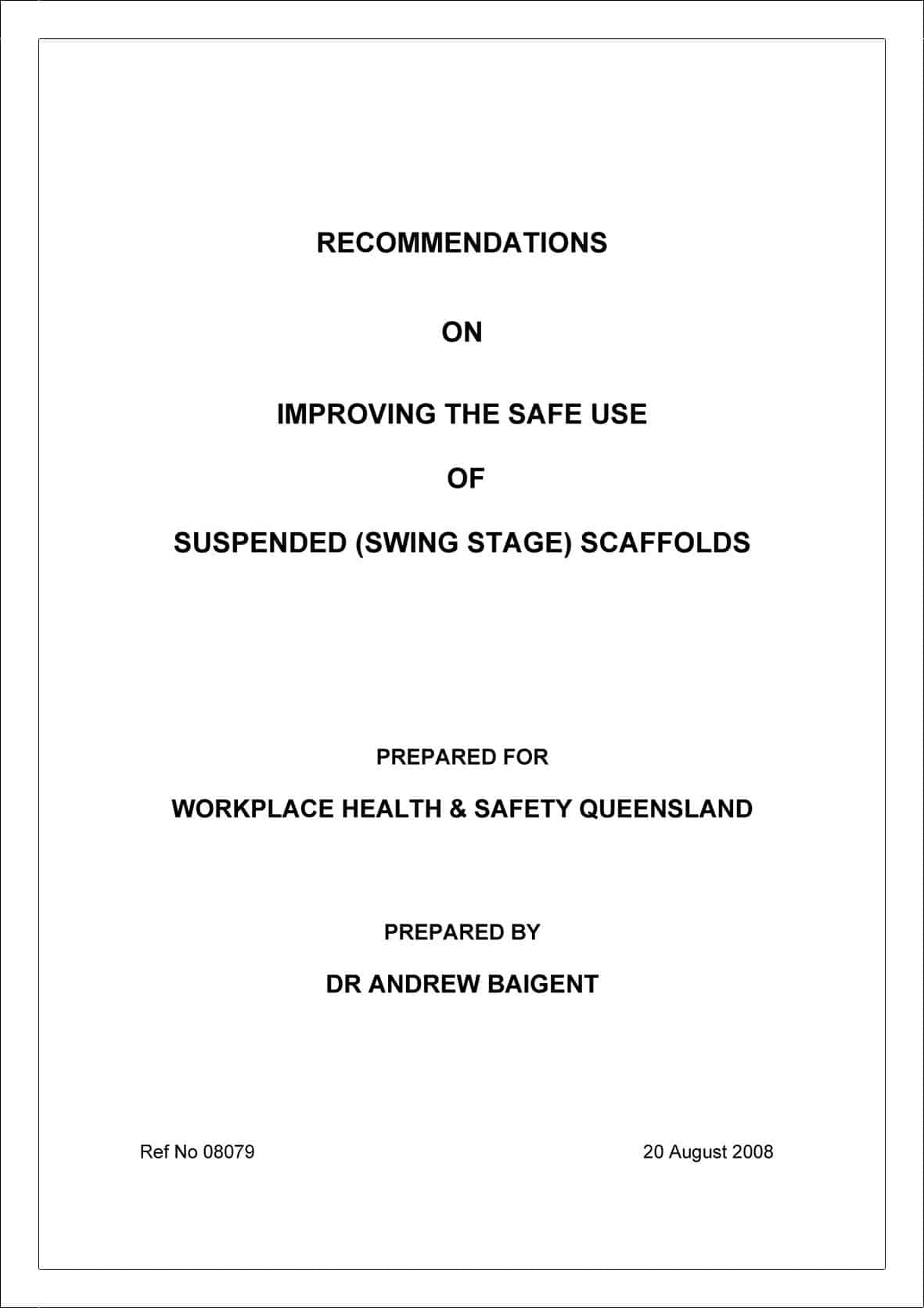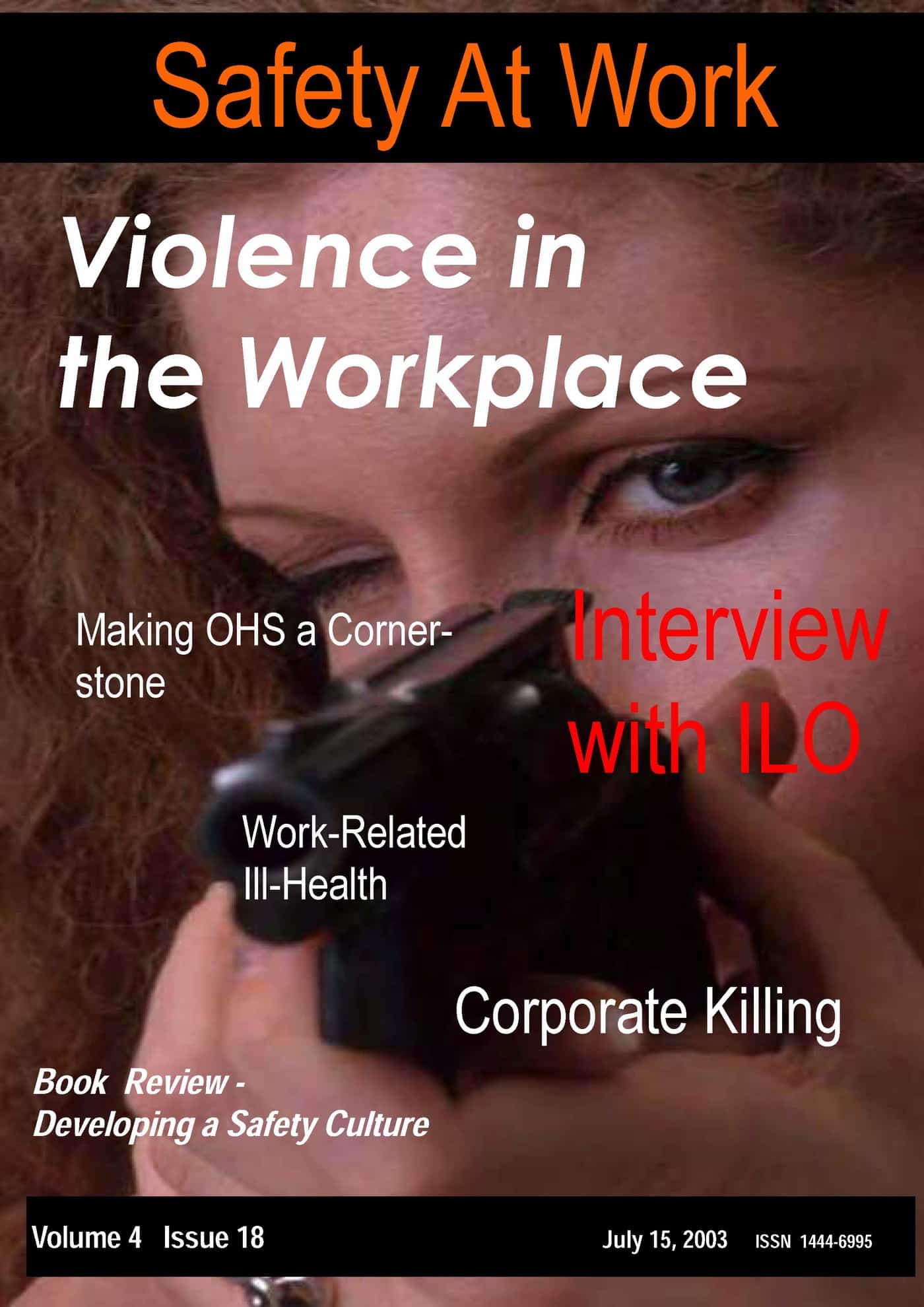The Australian media has been abuzz over the last couple of days on several issues concerning violence. Attention increases whenever there is video involved and the latest film of a bashing in Melbourne in a Hungry Jack’s store in the early hours of 13 July 2009 is getting a considerable run.
Most commentators are taking the bashing of 19-year-old Luke Adams as an example of “street violence”. SafetyAtWorkBlog believes that the fact that this event occurred between customers in a workplace, raises questions about the obligations of retail store owners towards health and safety.
The case of Luke Adams again illustrates the reality that surveillance cameras can assist in the apprehension of criminals but does little to reduce the harm to employees and customers. This seems to be contrary to the OHS principles in Australian OHS legislation.
SafetyAtWorkBlog would ask any retailers who choose to operate, particularly, during nighttime
- Are the stores designed to reduce (hopefully eliminate) the risk of violent contact between customers and staff?
- Are there restrictions on the age or gender of staff who work nightshift?
- Is the first aid training provided to staff designed to accommodate the emergency treatment of severely injured customers?
- Has the presence of a security guard been tried during nightshifts?
- Would the company consider closing a store if the risks to staff and customers became unacceptable?
SafetyAtWorkBlog knows of at least one fast food restaurant in Melbourne that removed its public toilets because of the number of drug overdoses that occurred in the cubicles. This store eventually closed its 24-hour store, partly, because of the unacceptable risk that developed.
The unfortunate linking of fast food restaurants with violent attacks is an issue of all-night trading as much as any other reason. It was just over two weeks ago that a fight in the grounds of a Hungry Jacks restaurant in suburban Melbourne was reported and wrapped into the current topic of supposedly racist-based attacks against Indian students.
The attacks are not limited to Melbourne though. A 19-year-old Korean student, Lee Joon–yub, was killed in Sydney in 2008 after being stabbed at a fast-food restaurant
 The risk of occupational violence, as it is more traditionally understood, is increasing according to findings released on 16 July 2009 by the Australian Institute of Criminology. Its report, which also received some media attention from radio, finds that
The risk of occupational violence, as it is more traditionally understood, is increasing according to findings released on 16 July 2009 by the Australian Institute of Criminology. Its report, which also received some media attention from radio, finds that
“The incidence of service station armed robbery has steadily increased over the past decade. ….. This opportunistic targeting of service stations has been attributed to their extended opening hours, their sale of cigarettes and other exchangeable goods, their high volume of cash transactions and their isolation from other businesses. Widespread adoption of crime prevention measures by service stations, such as transfer trays, could help reduce their risk of being robbed…..”
The full report is worth reading closely from an OHS perspective as it identifies the characteristics of services stations (and maybe other all-night retail outlets) that are attractive to the opportunistic robber. We should not dismiss armed robberies as only involving monetary loss to retailers as the study showed that “one-third of armed robbery victims…were individual”.
The AIC report also states that
“…minimal staffing on night shift is seen to increase the risk of armed robbery victimization for service stations.”
This brings in all the OHS advice and research concerning working alone or in isolation. However there must be some sympathy for employers trying to recruit night shift workers for industries where violence is an increasing risk.
The mention of the hazard control measure of transfer trays is gratifying as it fits with a higher order of control measure in OHS parlance by providing an engineering control. However this needs to be backed up by specific training for employees on what to do when required to render assistance outside the enclosed booth.
The application of transfer trays may be valid for fast food stores at nighttime by only offering a drive-thru service and further reducing the risk of customer violence against employees.
 Regardless of the physical harm from work tasks arising from working in retail, WorkSafe Victoria advises of four control measures for what it describes as the psychological system of stress, bullying and harassment:
Regardless of the physical harm from work tasks arising from working in retail, WorkSafe Victoria advises of four control measures for what it describes as the psychological system of stress, bullying and harassment:
- Your workplace culture and management should encourage open and effective communication.
- Develop, implement and enforce clear policies and procedures that address bullying, occupational violence, harassment and work pressure in consultation with workers (including young workers) and management.
- Where money is handled, put in place security measures to reduce the risk of occupational violence.
- Training and procedures should include all staff at risk, including any casual or on hire workers.



![Media -0x1.8b5ce0p-63lert- 52392336nal[1] - crime Media -0x1.8b5ce0p-63lert- 52392336nal[1] - crime](http://safetyatworkblog.files.wordpress.com/2009/06/media-0x1-8b5ce0p-63lert-52392336nal1-crime.jpg?w=191)

![sa0200906[1]_Page_1 sa0200906[1]_Page_1](http://safetyatworkblog.files.wordpress.com/2009/05/sa02009061_page_1.jpg?w=212) The Northern Territory OHS authority issued a guidance this week about
The Northern Territory OHS authority issued a guidance this week about ![Pages from externalproviders[1] Pages from externalproviders[1]](http://safetyatworkblog.files.wordpress.com/2009/05/pages-from-externalproviders1.jpg?w=212)